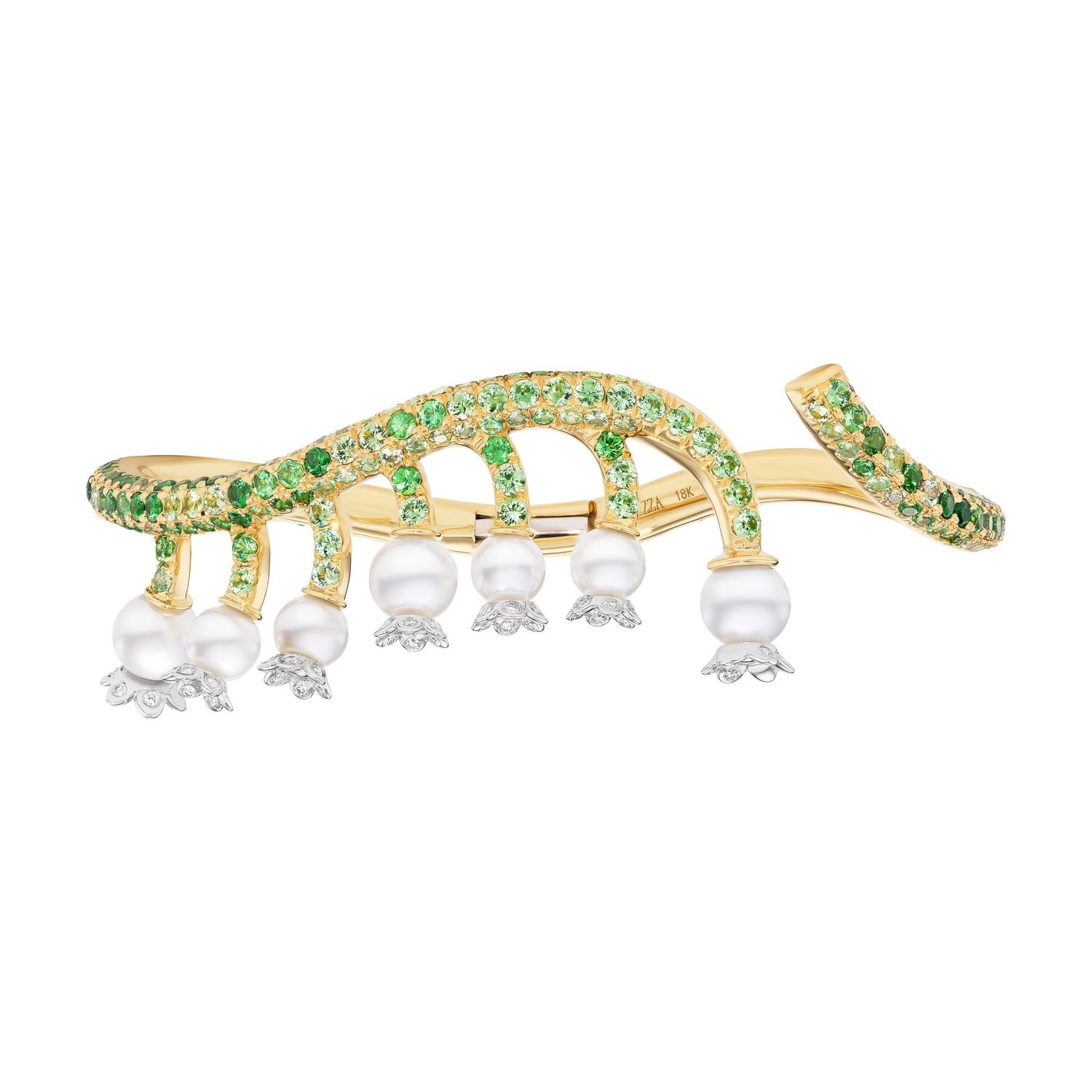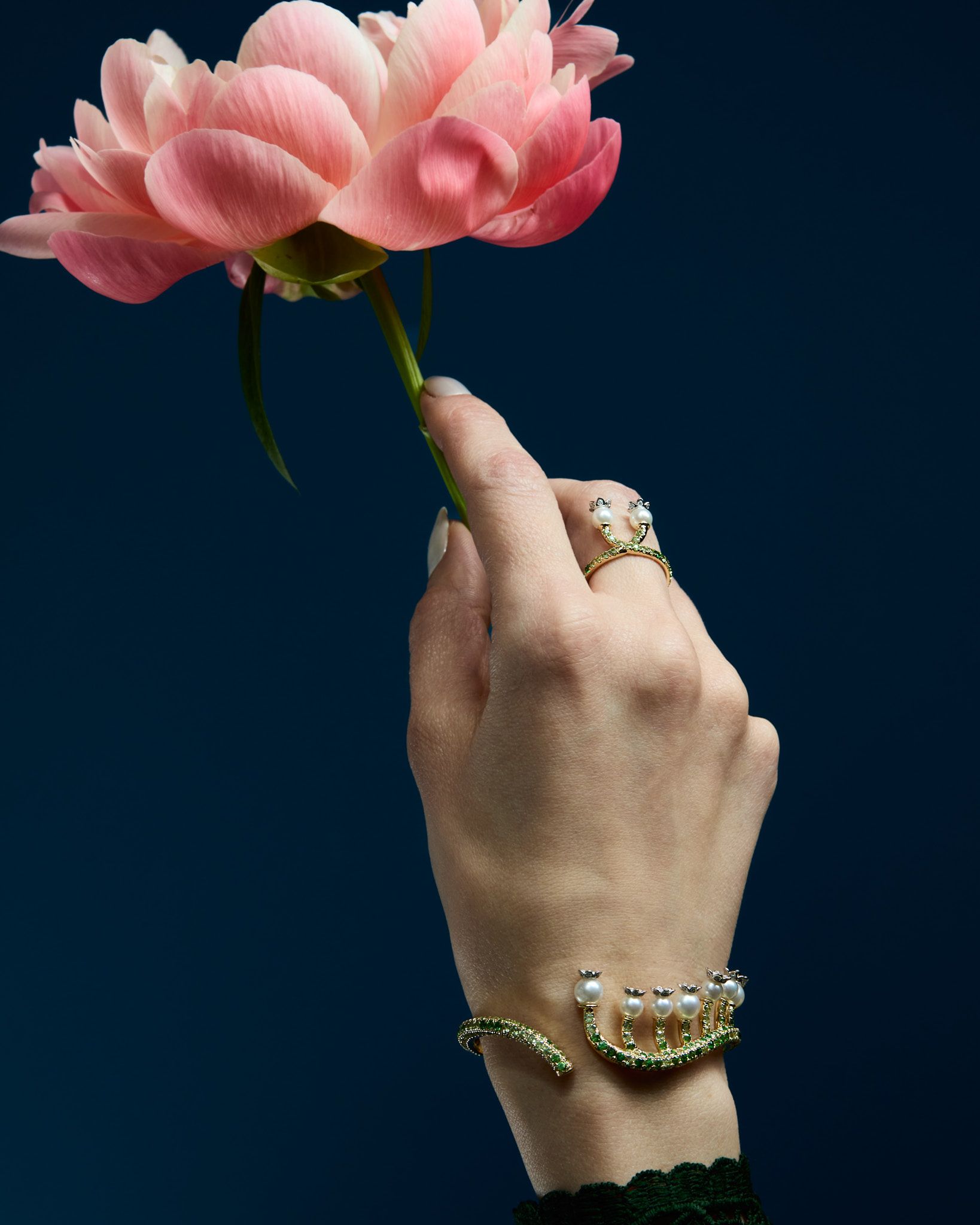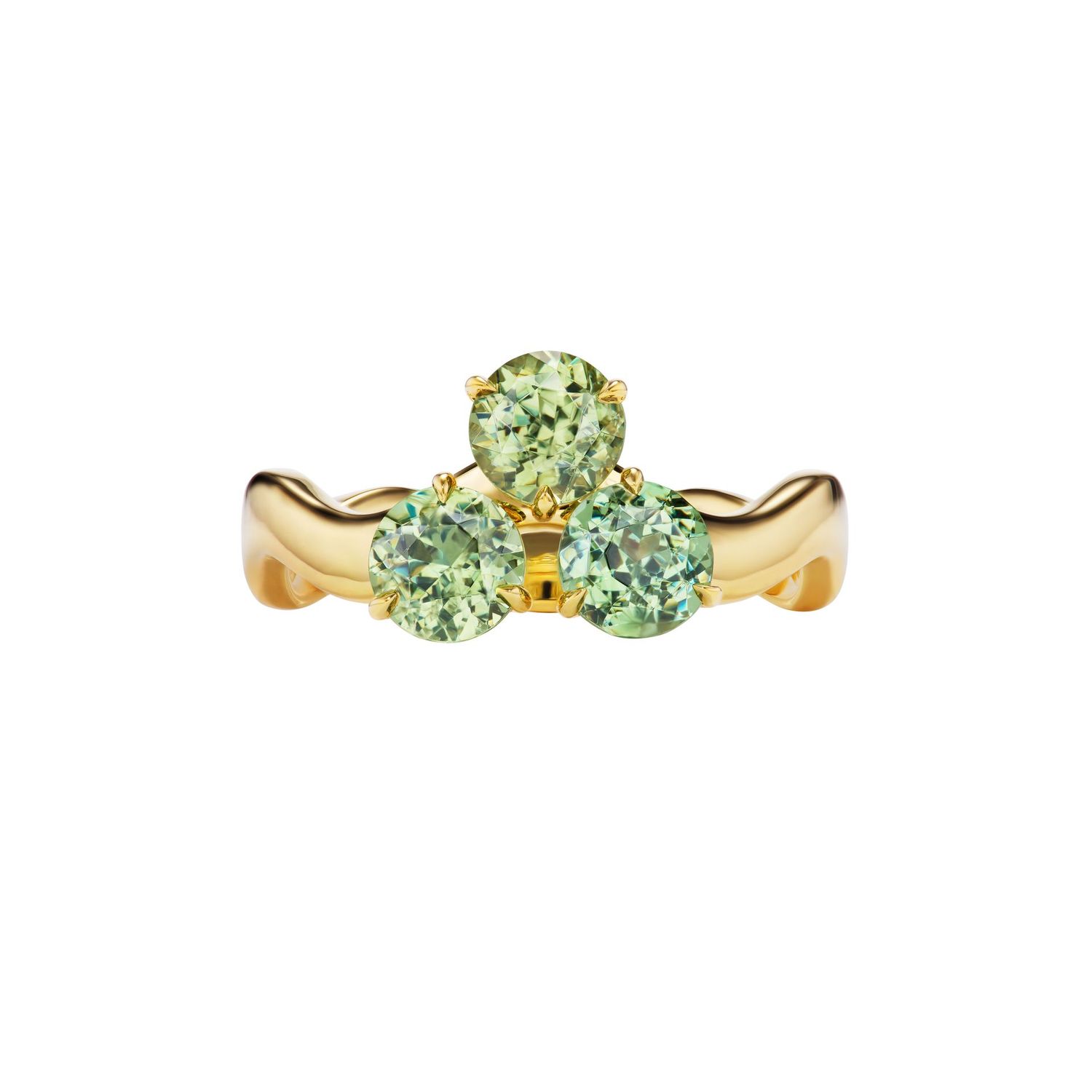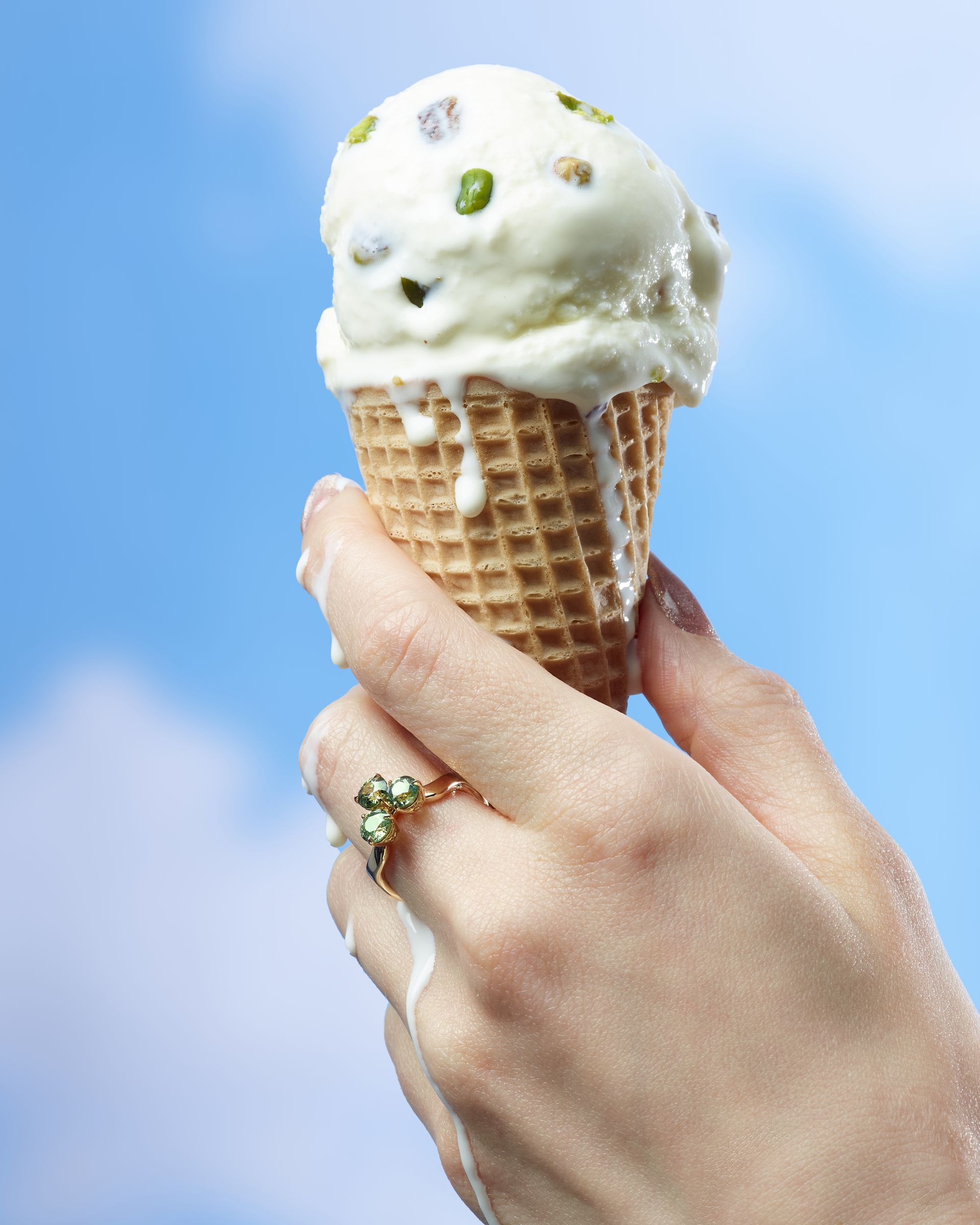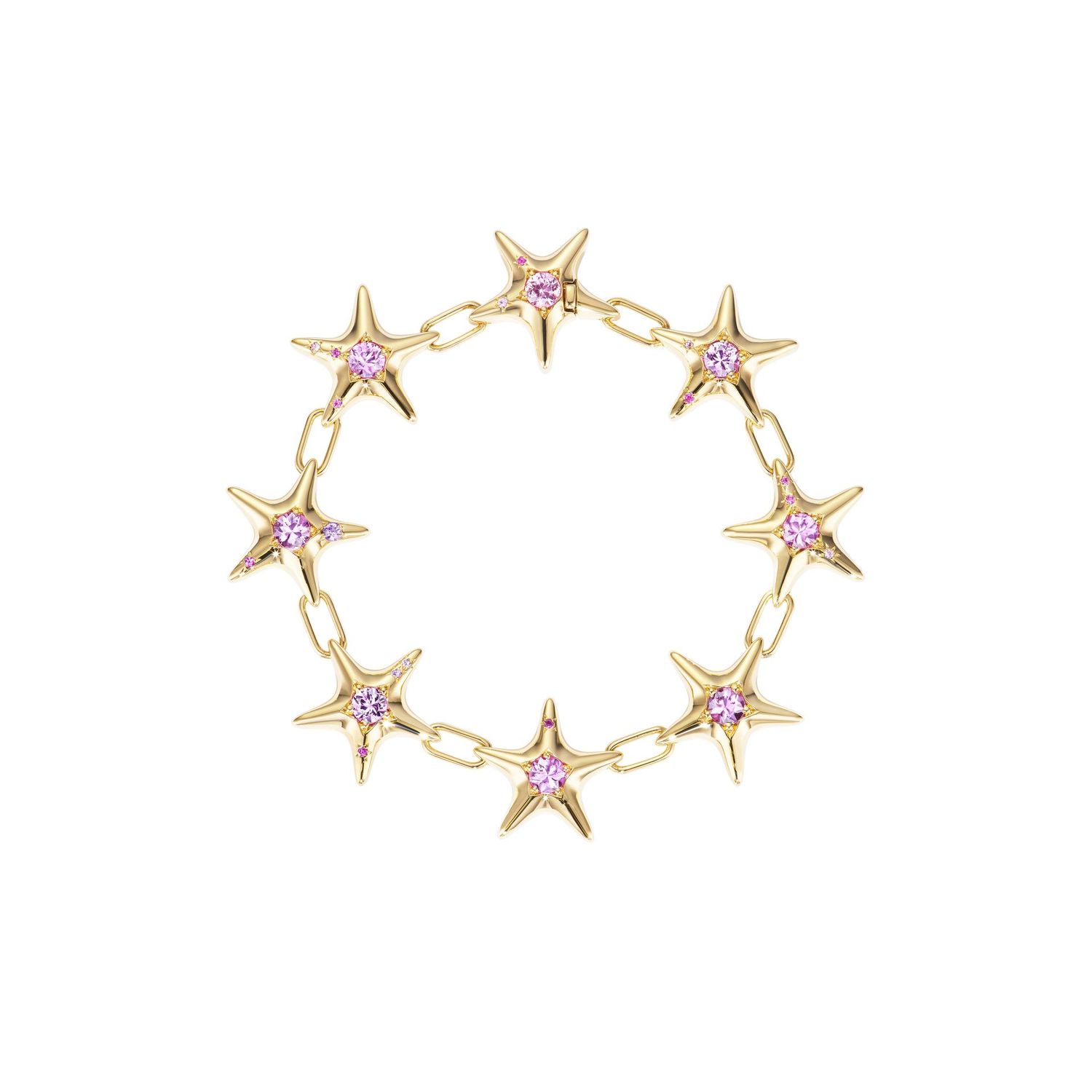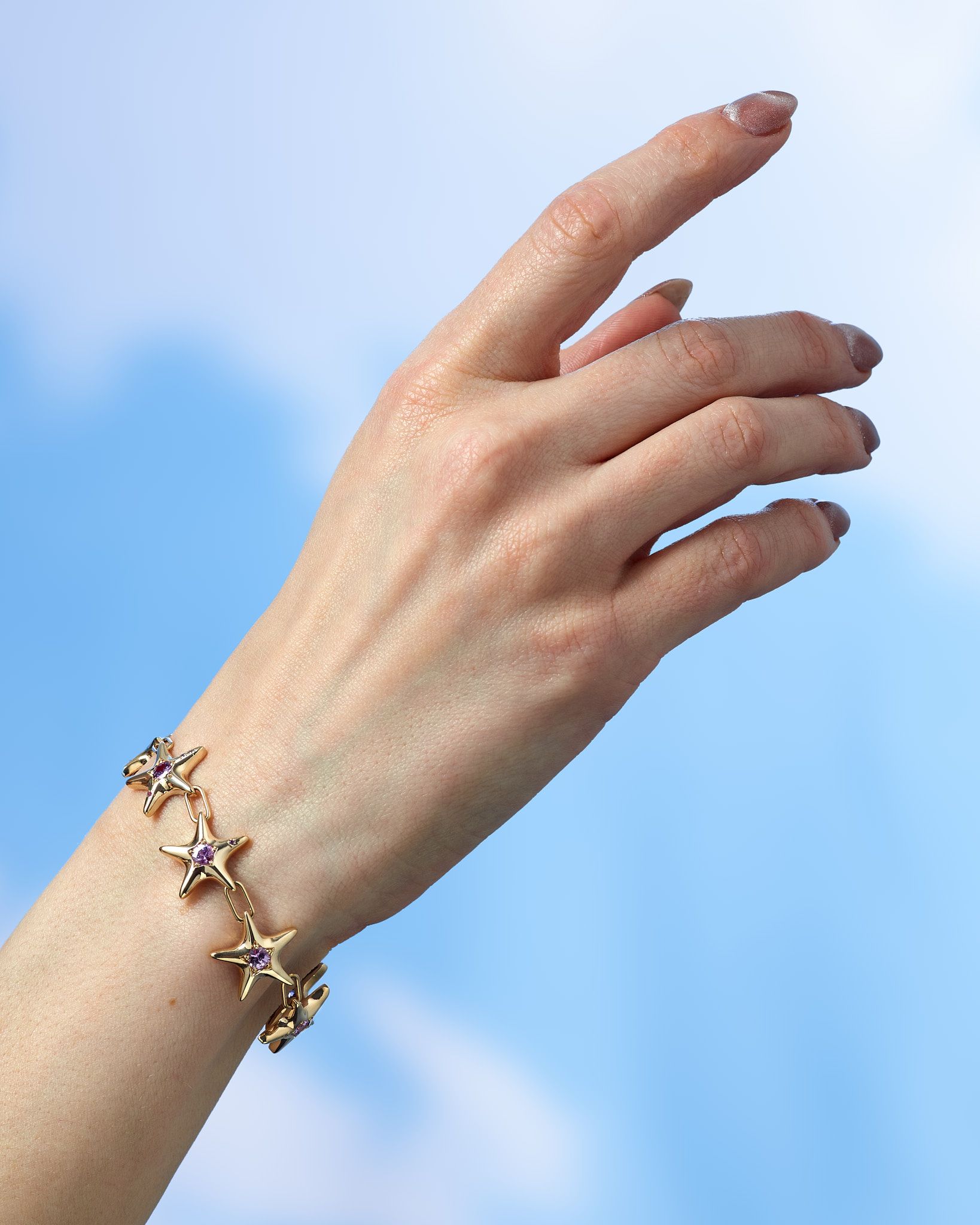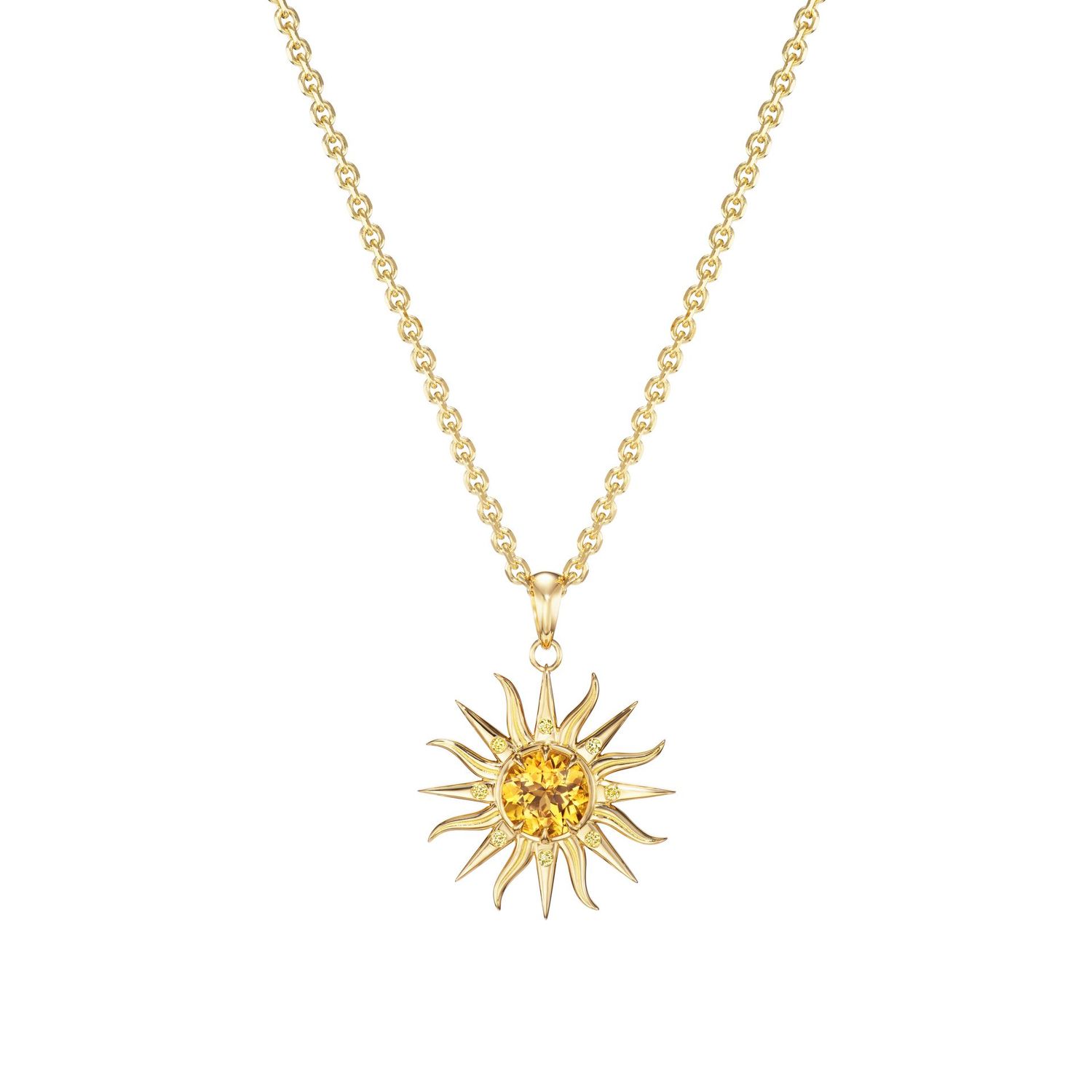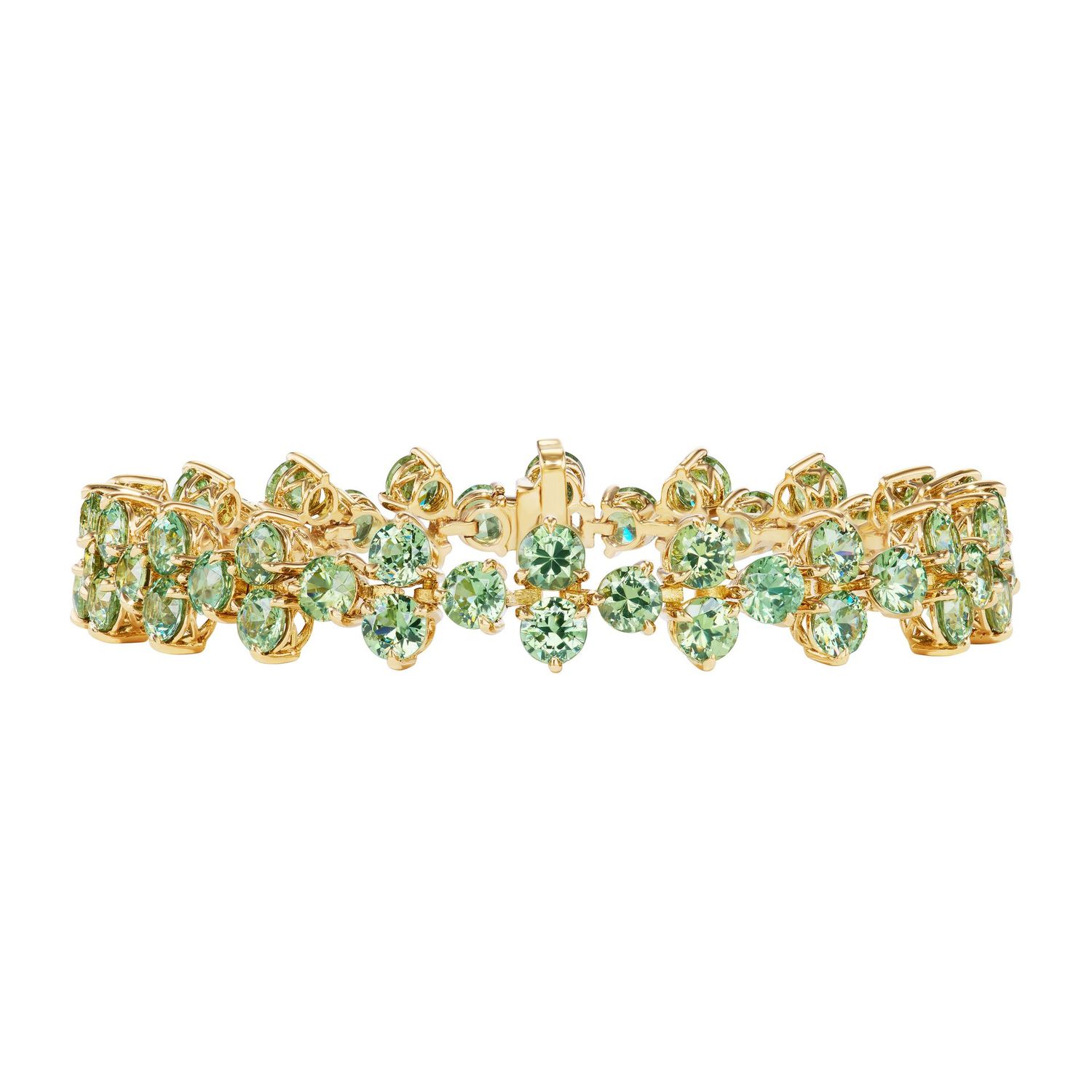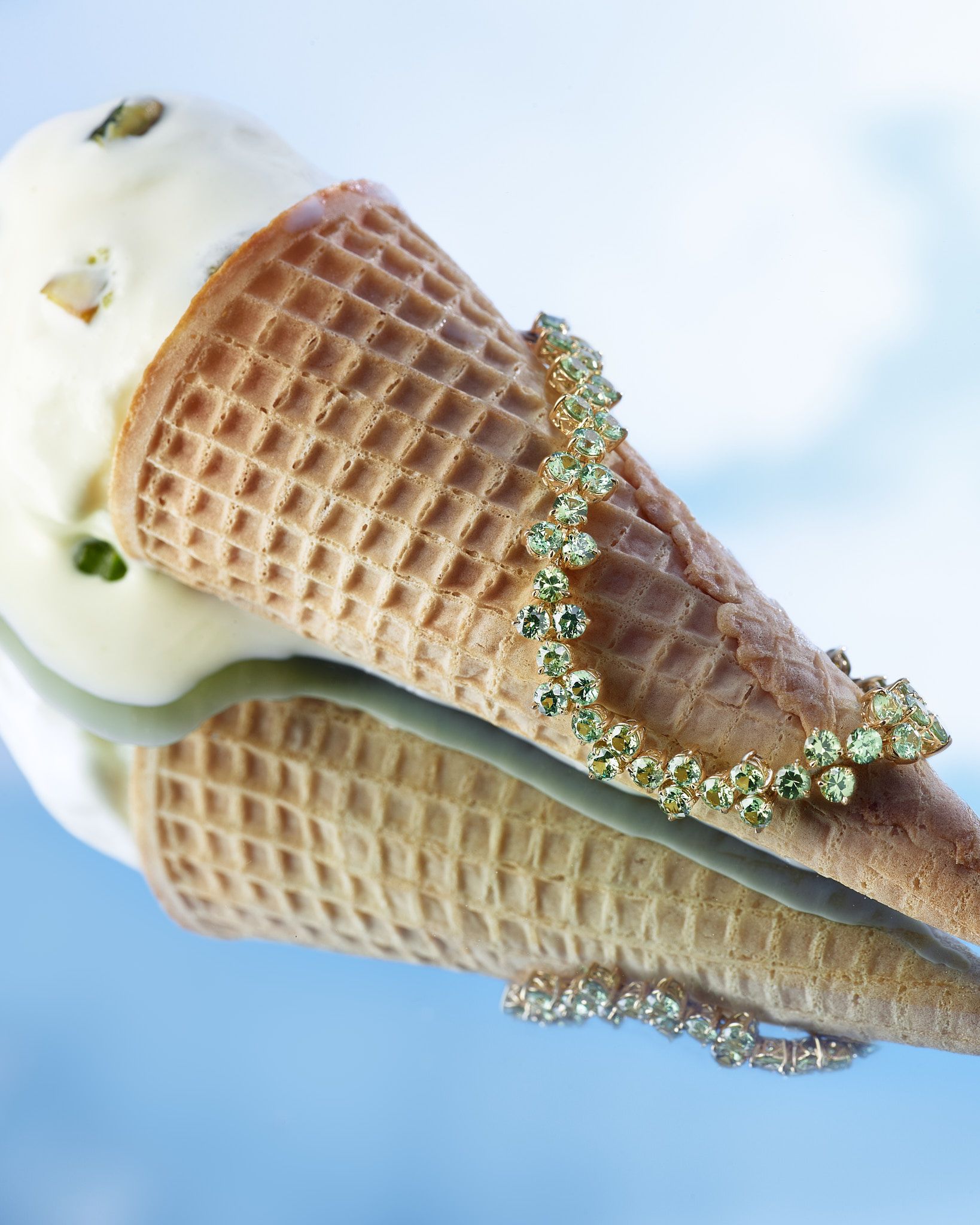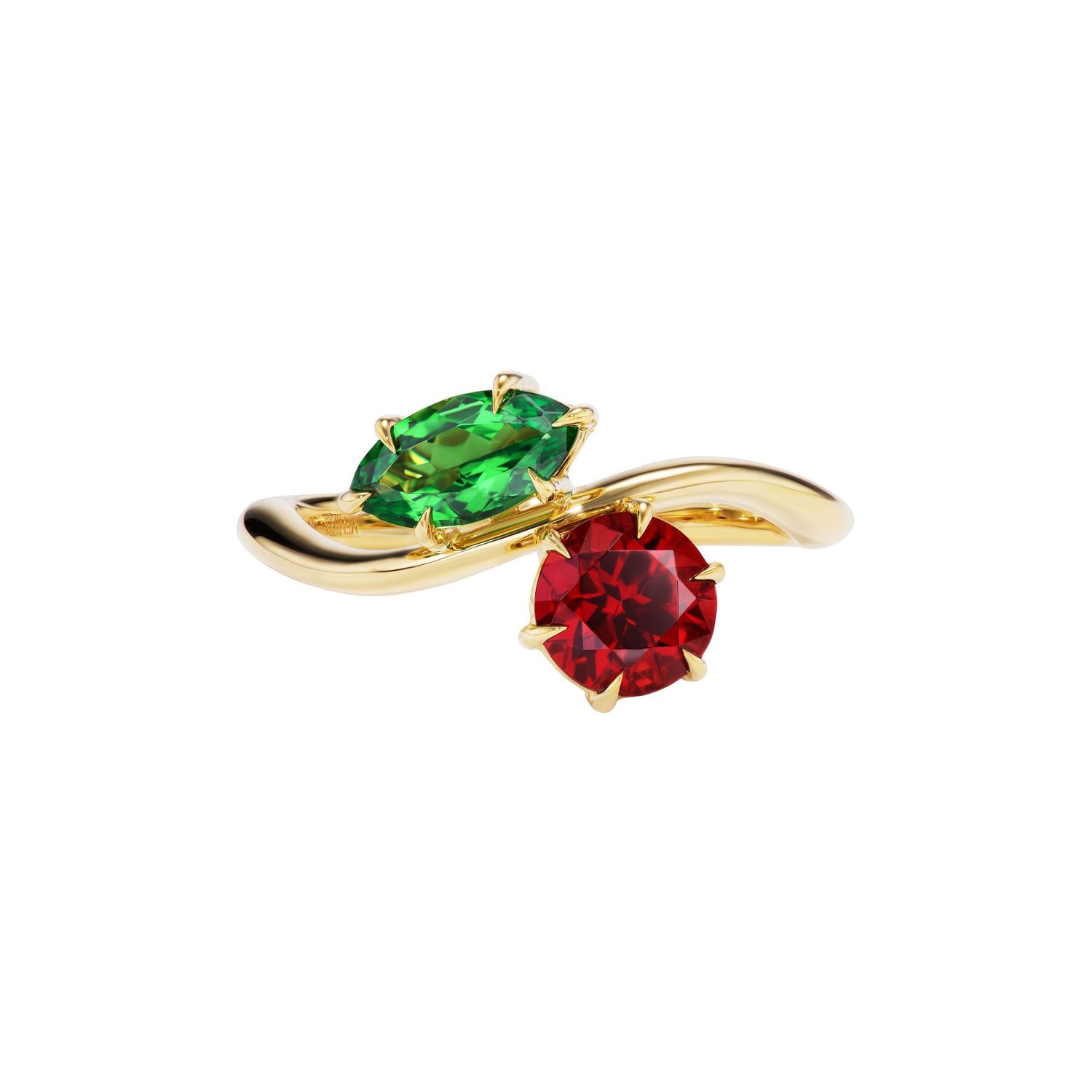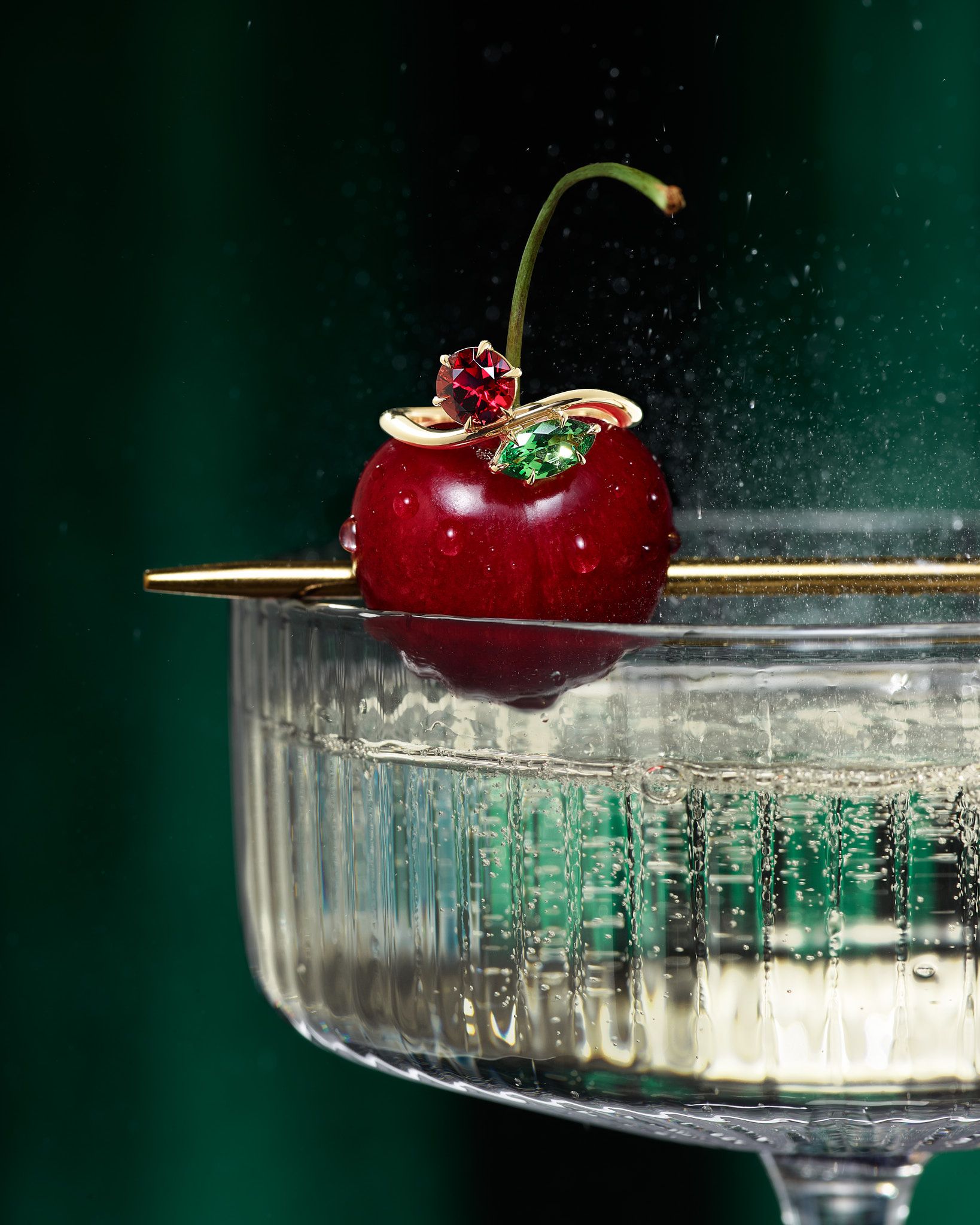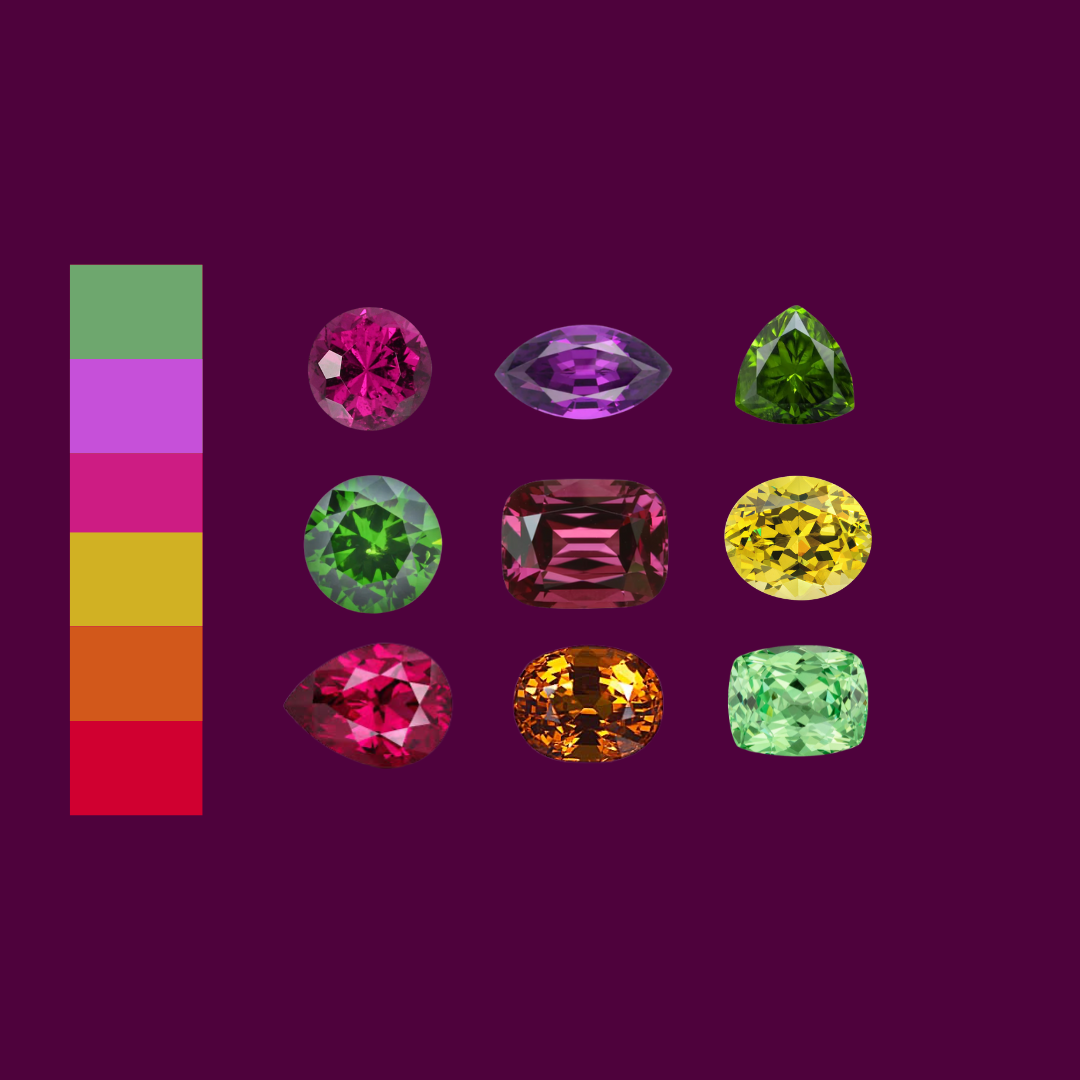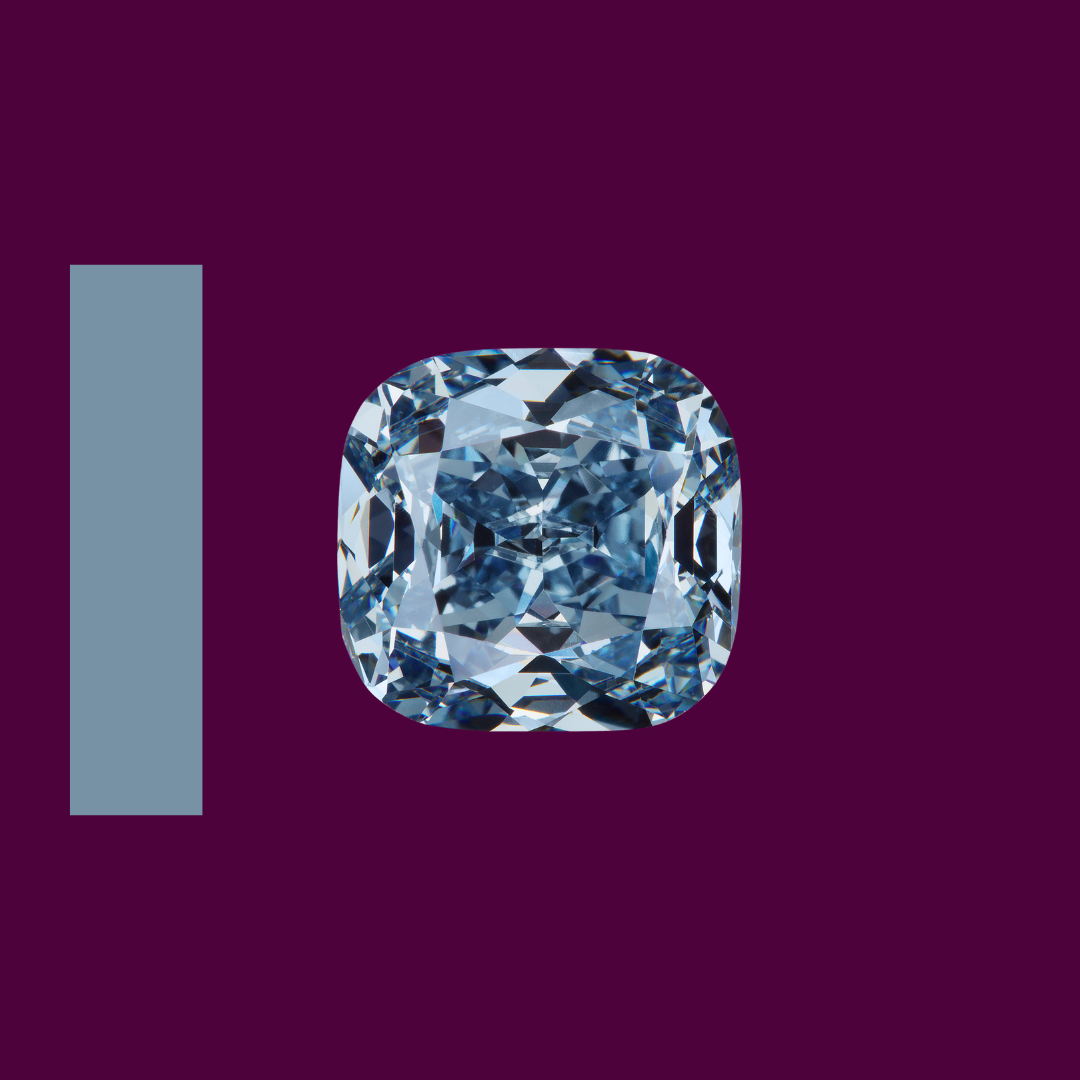Pearls
Pearls are magical as they are the only gemstone that comes from a living organism! They have been cherished for centuries and used to be more valuable than diamonds. Today, they are considered a staple in any jewelry collection. There is a lot to know about pearls.
Pearls 101
There are many different types of pearls. The most valuable and the rarest pearls are natural pearls. Natural pearls are those grown without outside help of any kind. Today natural pearling is only done in the Persian Gulf around Bahrain. Natural pearls are extremely valuable as only a small percentage of pearls will naturally achieve the desirable size, shape and color to create a piece of jewelry.
Most pearls used in modern jewelry are cultured. They are still real pearls but grown with human intervention to ensure the final product has the right shape, size, and color to use for jewelry manufacturing. Don't confuse cultured pearls with imitation pearls, which are usually a coated glass bead.
Cultured pearls were first introduced to the market by Kokichi Mikimoto in the early 1900s. There are four types of cultured pearls used for jewelry:
Akoya Pearls
Akoya pearls are the most popular type of cultured pearl. The pearls come from the akoya oyster. They are popular for use in jewelry as they often come in near-perfect round shapes, bright luster and neutral colors like white, cream, champagne, or silver that are desirable for most customers. Pink, green, or black Akoya pearls are usually color treated.
Akoya pearls come in a range of sizes. They can be as small as 1 mm and as big as 11 mm. But the average size for and Akoya pearl is considered 7 mm, which is relatively small compared to other types of pearls.
Akoya pearls are farmed mostly in Japan and China. Vietnam, Thailand and Australia also produce small amounts of Akoya pearls.
South Sea Pearls
South Sea pearls come from the South Sea pearl oyster. They are cultured in only in Australia, the Philippines and Indonesia. Because of their large size they generally have a longer growth period compared to Akoya pearls.
This type of pearl is much larger than the Akoya pearl: the smallest South Sea pearls are 8 mm and they can be up to 20 mm. The average size for a South Sea pearl is 12 mm. Only a small percentage of South Seas are perfectly round. More common shapes are baroque and drop, making them a great fit for unique designs. They can be white, silver, or gold. Gold South Sea pearls are the most prized type of cultured pearls among collectors.
South Sea pearls are considered the most valuable type of cultured pearls due to their large size, their relative scarcity, and unique color.
Tahitian Pearls
Tahitian pearls come from the black-lip pearl oyster, and are the only pearls that are naturally dark. Many people describe the color as black, but they are not pitch black. Tahitian pearls usually have a dark body color like gray or brown with blue, green, purple or pink overtones. Their iridescent colors is what makes Tahitian pearls so unique.
Similar to South Sea pearls, Tahitian pearls are naturally larger. They come in sizes between 8 mm and 18 mm, with 10 mm being the most popular size for a Tahitian pearl.
Tahitian pearls are farmed exclusively in French Polynesia.
Due to their unique colors and relative rarity, Tahitian pearls are considered to be the second most valuable type of cultured pearl in the world.
Freshwater Pearls
Freshwater pearls are the most common type of cultured pearl. They come in a wide range of sizes, shapes and colors. Freshwater pearls can be produced by different mussels that live in freshwater lakes and ponds. Unlike most other pearl oysters, these muscles can grow many pearls at once.
Freshwater pearl shapes range from very baroque to almost perfectly round. They also come in fun shapes like stick, button or coin. They can be classic white but also come in lavender or pink and are often dyed to achieve more intense bodycolor. They also come in many sizes: a freshwater pearl can be as small as 1 mm and as big as 15 mm and larger.
While they can be grown in many regions, China is the main producer of freshwater pearls. Freshwater pearls are widely available and generally considered the least valuable compared to the three other types of cultured pearls.
What to know about Pearls?
Because pearls are a unique gemstones, their value is determined different compared to other gems. The main quality indicators for pearls are:
Size
Generally speaking, larger pearls are rarer and more valuable than smaller pearls of the same type.
Shape
Round is the most difficult shape to culture, making it the most desirable overall. But pear, oval, or baroque pearls are also prized and often work better in certain pieces of jewelry. Baroque in relation to pearls means irregularly shaped and has nothing to do with the time period the pearl was cultured or harvested in.
Color
Pearls come in many different colors. Their color can be made up of:
- Bodycolor, which is the dominant color.
- Overtone, which is the translucent color (or colors) that lies over a pearl’s bodycolor.
- Orient, which is the shimmer of iridescent colors on (or just below) the pearl’s surface.
All pearls display a bodycolor, but only some will show overtone, orient, or both. It is hard to tell which color is considered the most valuable as this varies by pearl type.
Luster
This factor is often considered the most important one. Luster is the sheen or glow that gives pearls their unique beauty. It is graded on a scale ranging from excellent to poor. The higher the luster, the higher quality and more valuable the pearl.
- Excellent means that reflections appear bright and sharp
- Very good luster is defined as reflections appearing bright and almost sharp
- Good luster means reflections are bright but slightly hazy
- Fair luster is when reflections are weak and blurred
- Poor luster is defined as reflections being dim and completely blurry
Surface quality
Because they are grown in a living organism, most pearls never achieve perfection, even when grown with human intervention. A cultured pearl can have irregularities or abrasions on the surface. The smoother the surface of the pearl, the higher its
quality.
Nacre quality
Nacre is the iridescent layer on the pearl's surface. The thickness, uniformity, and durability of this layer are important quality factors. In fact, nacre quality is closely related to luster, as a pearl with thin nacre will usually appear dull.
Matching
Matching is an important factor for strands of pearls. The goal is to match pearls of the same size, shape, color, and luster to create a perfect strand or matched pair of earrings. However, in many jewelry designs this factor does not play an important role as size variation may be desirable for certain pieces.
What should I know before buying pearl jewelry?
Pearls require special care. At a 2.5 to 4.5 on the Mohs Scale, they are one of the softest gemstones used in jewelry. They are also sensitive and require special care to last.
Pearl care 101
Because pearls are low on the Mohs Scale, which mens they will be easily scratched, they shouldn't be stacked with gemstone jewelry.
Pearls are sensitive to extreme heat. They can burn, crack or become discolored when exposed to high temperatures. They are also easily damaged by acids - including those in perfume, cosmetics, and even body oils or sweat. This is why it's said pearls should the last thing you put on and the firstling you take off. It is generally recommended to wait 30 minutes after applying any personal care products.
We always recommend that you stick to warm, soapy water and a soft cloth for cleaning your jewelry at home. With pearls, it is especially important that you never put them in an ultrasonic or steam cleaner both of which will damage the gem. You can wipe pearls with a very soft cloth after each time you wear them to remove any body oils.
Store pearls away from gemstone and diamond jewelry to avoid scratching. A soft pouch or a soft lined jewelry box is best for storing them. Pearls are organic and contain trace amounts of water, so make sure they have some room to breathe. Storing pearls in an airtight environment may cause them to become brittle and dull over time. But do not let them collect dust, as the dust particles will scratch their surface.



